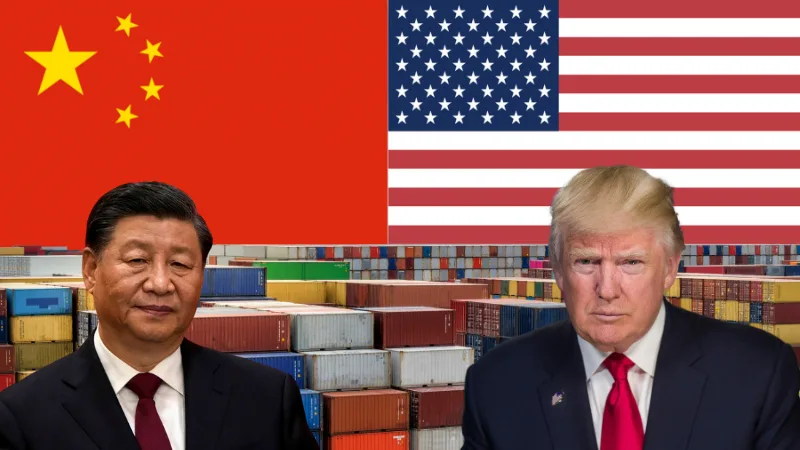The United States and China have agreed to a 90-day reduction in reciprocal tariffs, marking a temporary truce in their ongoing trade tensions. The agreement, reached after high-level negotiations in Geneva, aims to ease economic pressures and set the stage for more comprehensive discussions.
Key Details of the Agreement
- Tariff Reductions: Effective May 14, the U.S. will lower tariffs on Chinese imports from 145% to 30%, while China will reduce tariffs on American goods from 125% to 10%.
- Duration: The reduced tariffs will remain in place for 90 days, providing a window for further negotiations.
- Ongoing Dialogue: Both nations have agreed to establish a mechanism for continued discussions on economic and trade relations, led by Chinese Vice Premier He Lifeng, U.S. Treasury Secretary Scott Bessent, and U.S. Trade Representative Jamieson Greer.
Market Reactions
The announcement had an immediate positive impact on global markets. U.S. stock futures surged, with the Dow Jones Industrial Average futures rising over 1,000 points (approximately 2.5%), and the S&P 500 and Nasdaq futures gaining around 3% and 4%, respectively. Asian markets also responded favorably, with significant gains reported in major indices.
Expert Opinions
Scott Bessent, U.S. Treasury Secretary, emphasized the mutual goal of balanced trade and avoiding economic decoupling.
Analysts have expressed cautious optimism. Zhiwei Zhang of Pinpoint Asset Management noted the surprisingly positive scope of the deal, while Kenneth Broux of Société Générale highlighted its potential benefits to global economies.
Context and Implications
This agreement marks a de-escalation in the trade war that intensified earlier this year when the U.S. imposed a 10% tariff on fentanyl-related imports from China, leading to a series of retaliatory measures from both sides. The recent tariffs had significantly strained global supply chains and raised concerns about a potential recession.
While the current deal provides temporary relief, underlying issues such as intellectual property rights, technology transfers, and market access remain unresolved. Analysts caution that the 90-day period should be utilized effectively to address these core concerns and work towards a more comprehensive and lasting trade agreement.
Conclusion
The U.S.–China agreement represents a meaningful step towards easing trade tensions, but sustained efforts and negotiations will be essential to achieve long-term stability in bilateral economic relations.tial to achieve long-term stability in bilateral economic relations.





